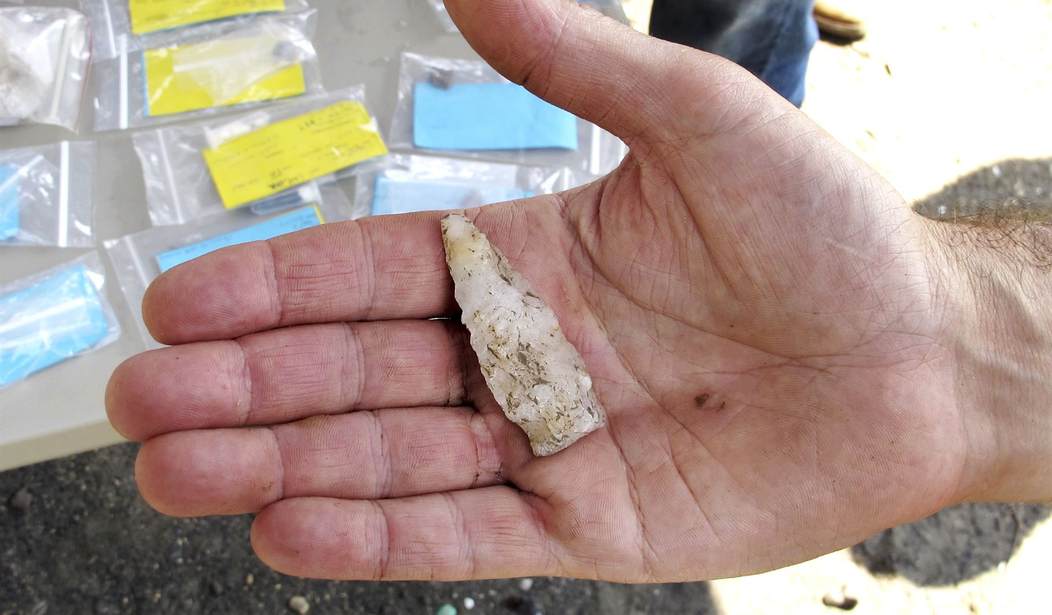Recent archeological evidence unearthed in a cave in Mexico, as well as a reexamination of several dozen other sites, has led to the startling conclusion that modern humans were in North America up to 30,000 years ago.
That date pushes back the accepted timeline of humans on our continent from about 13-17,000 years ago to at least 30,000 and perhaps as far back as 56,000 years.
The significance of this alteration of the timeline is enormous. It was believed that about 13,000 years ago, the Clovis people migrated across a land bridge from Siberia to the arctic. Humans were able to make that trek because of melting glaciers clearing a path through the ice of the Bering Sea.
But this new evidence suggests that humans found a way around the towering glaciers that blocked their way — perhaps journeying down the Pacific coast.
It’s likely that very few humans were able to make the trip, which is why there is scant evidence of their existence.
“These are paradigm shifting results that shape our understanding of the initial dispersal of modern humans into Americas,” said Lorena A. Becerra-Valdivia, an author on both studies and archaeological scientist at the University of Oxford and University of New South Wales, in an email. “They suggest exciting and interesting possibilities for what likely was a complex and dynamic process.”
The evidence and methodology used to date the finds are fascinating.
Across the 42 archaeological sites she and her colleagues analyzed, some had evidence of human burials, such as the Anzick site in Montana, while others, such as Chiquihuite Cave, contain evidence of stone tools.
“Using a statistical tool called Bayesian age modelling, we were able to define the chronology at each of the 42 archaeological sites and link them together to study large-scale patterns,” Becerra-Valdivia said. “This allowed us, for example, to identify that the three major stone tool traditions in the wider region began, roughly, at the same time, and that it was during this period that human populations expanded.”
The “Bayesian age modeling” is one of those tools that weren’t available until very recently.
Bayesian chronological models are statistical models that allow us to represent, manage and interpret both relative and absolute chronological information from one or more archaeological or palaeoenvironmental research projects. They were developed over the last thirty years specifically for the archaeo and palaeo research communities by statisticians and software developers who took advantage of a revolution in our ability to implement such models using a simulation-based (as opposed to an exact calculation) approach.
So what happened to these people? They didn’t leave much evidence behind, but burying their dead suggests ritual so they may have had some rudimentary belief in an afterlife. There may not have been a lot of them, which may have doomed them when other, more advanced societies like the Clovis society showed up about 15,000 years ago.
War, interbreeding, and assimilation probably caused them to go extinct, or at least merge with other human groups around at the time.
Modern Native Americans are relative newcomers. Genetic evidence shows that their ancestors arrived about 10,000 years ago, after the Bering Sea land bridge had become passable.
Most Native American societies will reject this scientific evidence because it contradicts their origins narrative. It’s not unusual. Devout Christians reject much of the evidence of an “old earth” for similar reasons.
But the quest to discover human origins and how we got to populate an entire planet will continue regardless of who rejects their evidence and who accepts it.









Join the conversation as a VIP Member